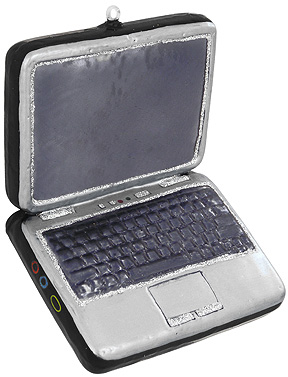An excerpt from Doris Lessing’s acceptance speech for the Nobel Prize for Literature.
The next day I am to give a talk at a school in North London, a very good school. It is a school for boys, with beautiful buildings and gardens. The children here have a visit from some well-known person every week: these may be fathers, relatives, even mothers of the pupils; a visit from a celebrity is not unusual for them.
As I talk to them, the school in the blowing dust of north-west Zimbabwe is in my mind, and I look at the mildly expectant English faces in front of me and try to tell them about what I have seen in the last week. Classrooms without books, without textbooks, or an atlas, or even a map pinned to a wall. A school where the teachers beg to be sent books to tell them how to teach, they being only 18 or 19 themselves. I tell these English boys how everybody begs for books: “Please send us books.” But there are no images in their minds to match what I am telling them: of a school standing in dust clouds, where water is short, and where the end-of-term treat is a just-killed goat cooked in a great pot.
Is it really so impossible for these privileged students to imagine such bare poverty?
I do my best. They are polite.
I’m sure that some of them will one day win prizes.
Then the talk is over. Afterwards I ask the teachers how the library is, and if the pupils read. In this privileged school, I hear what I always hear when I go to such schools and even universities. “You know how it is,” one of the teachers says. “A lot of the boys have never read at all, and the library is only half used.”
Yes, indeed we do know how it is. All of us.
We are in a fragmenting culture, where our certainties of even a few decades ago are questioned and where it is common for young men and women, who have had years of education, to know nothing of the world, to have read nothing, knowing only some speciality or other, for instance, computers.
What has happened to us is an amazing invention – computers and the internet and TV. It is a revolution. This is not the first revolution the human race has dealt with. The printing revolution, which did not take place in a matter of a few decades, but took much longer, transformed our minds and ways of thinking. A foolhardy lot, we accepted it all, as we always do, never asked: “What is going to happen to us now, with this invention of print?” In the same way, we never thought to ask, “How will our lives, our way of thinking, be changed by the internet, which has seduced a whole generation with its inanities so that even quite reasonable people will confess that, once they are hooked, it is hard to cut free, and they may find a whole day has passed in blogging etc?”


